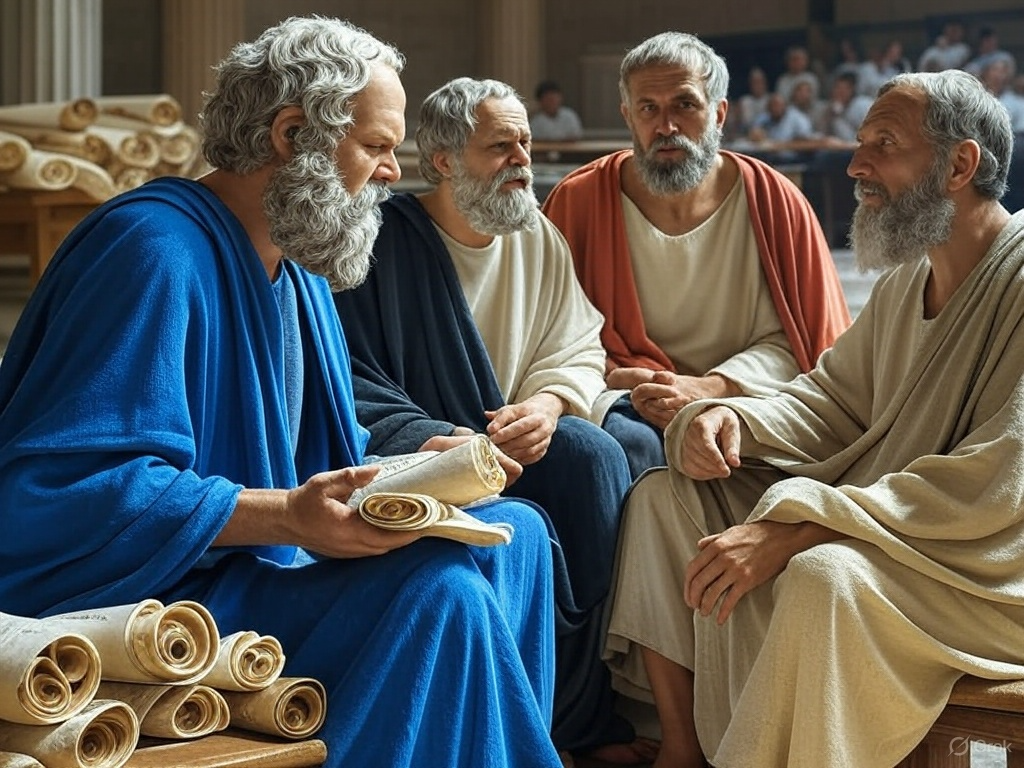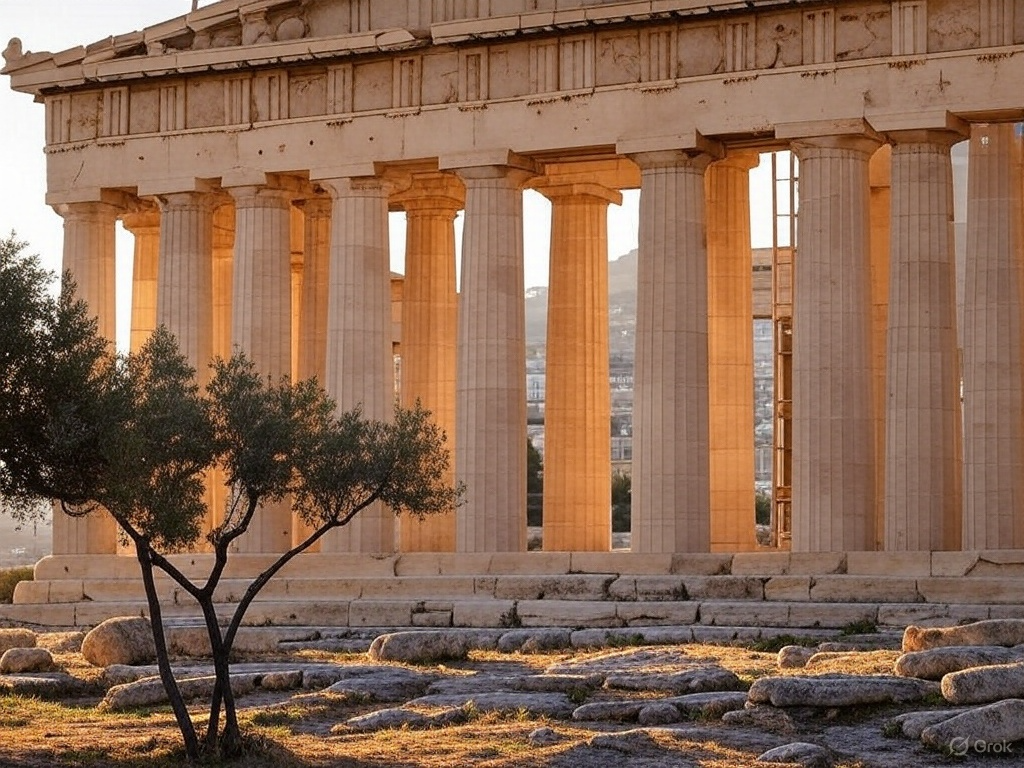Discovery of remains in all-male monastic community in northern Greece poses questions
Archaeologists say the bones at the site in Mount Athos are so small they could belong to a woman. Photograph: Phaidon Hadjiantoniou
Laura Wynn-Antikas specialises in bringing bones to life. Decades spent studying skeletal remains across Greece, in subterranean vaults, tombs, chapels and archaeological sites, have yielded a host of unexpected discoveries. “You never know what you are going to find,” the American-born anthropologist said. “Bones don’t lie. They will tell you how a person lived and perhaps even how they died. You go in prepared to see everything.”
But when Wynn-Antikas was called to examine bones unearthed beneath the stone floor of a Byzantine chapel in the all-male monastic republic of Mount Athos even she was surprised. Some were so small they bore little resemblance to men’s at all.
“Among them were a forearm, shinbone and sacrum that were just so different in their morphology,” added the academic. “While the others were more robust and had clearly belonged to the frames of men, these had measurements that noticeably fell in the range of a female. They were markedly different in size.”
Found embedded in the subsoil of the chapel, the bones were also clearly a secondary burial although they had been transferred from original tombs with the utmost of care. Intrigued, the monastery of Pantokrator to which the chapel of St Athanasios belongs, proposed that the samples undergo radio carbon dating.
“If we are talking about a woman, or indeed more than one woman, it will raise a lot of questions,” Wynn-Antikas said. “Starting with who could she have possibly been.”
Few are more eager to learn the truth than the monks themselves.
The chapel of St Athanasios where the bones were found. Photograph: Phaidon Hadjiantoniou
Women have been barred from the rugged peninsula in northern Greece since the foundation of the autonomous monastic community in the 10th century. Even female animals – with the exception of cats – are banned.
Despite the EU declaring the prohibition illegal, the measure is rigorously upheld, extending up to 500 metres of Athos’s coastline, even if in modern times there have been cases of women deliberately trying to break it.
For the estimated 2,500 monks living in caves, shacks or some of the 20 monasteries dotted around the 400-square mile peninsula, the Virgin Mary is the only acceptable female presence.
“If a woman is found among the bones it will be the first known incident of a female finding her final resting place on Mount Athos,” said the architect restorer Phaidon Hadjiantoniou, who discovered the remains while conducting conservation at the chapel.
“There are times during pirate raids and hostile incursions that monks are known to have opened their doors to women but it is very rare,” he said. “There is a famous tale of a Serbian king who brought his wife to Athos but, throughout, she was carried and never allowed to step on Athonite soil. Carpets were placed in all the monastery rooms to ensure that even there she didn’t touch the ground.”
In nearly 40 years overseeing restoration works in the region, Hadjiantoniou said he has never encountered anything like it. The discovery instantly put him in “detective mode”.
The bones found at the Chapel of Athanasios. Photograph: Phaidon Hadjiantoniou
“This is the first time I have ever seen bones placed under a chapel floor. I was immediately curious and got in touch with specialists including Laura. What is sure is that they wouldn’t be there if these people weren’t significant to the monastery.”
At least seven individuals were reburied in the spot, according to Wynn-Antikas, who said that, while no skulls were found in the pit, seven jawbones, or mandibles, were present. “Secondary burials, like this one, are not easy because the bones have been moved from their original burial, so information has been lost,” she noted. “But it also tells us that these people were important enough to dig up a floor in an important church and place them there. That takes a lot of effort by the living.”
Why they were moved from their original resting place remains a mystery. But what was also evident was the care with which the skeletal remains had been transferred. Smaller bones that could easily have been missed or overlooked – including three ossified thyroid cartilage – were among the fragments.
Laura Antikas-Wynn and Yannis Maniatis inspect the bones. Photograph: Phaidon Hadjiantoniou
“Once we get the dating, another piece of the puzzle will have been solved,” she said. “It will be crucial in giving us information about who these people were.”
Wrapped in aluminium foil in hardboard boxes, the bones were transported to Greece’s Demokritos research centre in Athens in the autumn. They will remain there while Dr Yannis Maniatis, Greece’s foremost leader in the field of archaeological science, conducts carbon dating to determine the date of death.
Workers at the site of the chapel. Photograph: Phaidon Hadjiantoniou
The painstaking business of dating the bones involves first dissolving the inorganic parts in acid so that collagen can be extracted after which it is cleaned, combusted and converted into CO2 and then measured either as gas or graphite.
“The entire process is likely to take three months,” Maniatis said. “But if we can date the bones to a time relevant to events that are both specific and known then DNA testing will become necessary to confirm whether, as seems likely, a woman is among the buried.”













